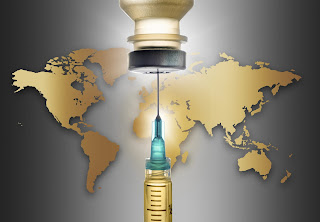Vaccines and immunization: Vaccine safety

Vaccination is one of the best ways to prevent illness. Overall, the vaccine is estimated to save 2 to 3 million lives each year. Together with the government, vaccine manufacturers, scientists, and medical professionals, the WHO Vaccine Safety Program continues to support vaccine safety monitoring. This helps ensure that the vaccine is safe for you and your family. The most commonly used vaccines today have been in use for decades, with millions of people safely receiving the vaccine each year. Several new vaccines are also under development. Once approved, they should help prevent other life-threatening illnesses such as Zika virus and Nipah virus, and improve the effectiveness of existing vaccines. Like all medicines, all vaccines must undergo extensive and rigorous testing before being introduced into the country. After use, it should be continuously monitored to ensure it is safe for the people who receive it. Vaccines are very safe. As with all medicines, side effects can occur ...





